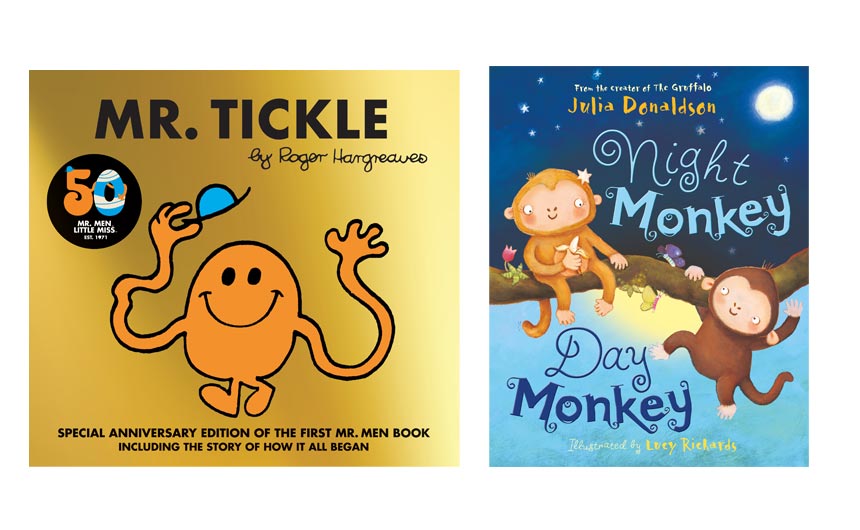Senior commissioning editor, Emily Lamm and publisher, Jane Riordan from Farshore tell PPS how the sector has fared over the past year and where future growth opportunities can be found.
Many of us have spent the last year hungry to be wandering around a bookshop again. Browsing aisles of books, reaching out to touch textured covers and pulling satisfying novelty mechanisms was just a memory.
With many stores closed over lockdown, sales of new preschool titles were among the casualties. Titles designed with tabletops and shop windows in mind struggled to gain traction online.
But it’s not all doom and gloom. The overall children’s book market has had a strong year. With volume sales up 12% year on year, the three-year trend of declining volume sales has been reversed. Even more surprisingly, value sales are also up 12% year on year, coming off the back of three years of flat sales.
This growth has been primarily driven by backlist sales rather than new titles, with frontlist sales down 4% by volume and backlist sales up 13% by volume. The events of the past year have certainly meant the challenge of discovery has grown even more acute, but it is perhaps also the case that readers have been turning to known authors and old favourites, like Spot and Winnie-the-Pooh, as a form of comfort in difficult times.
Well-loved authors and illustrators have managed to let the world know about brand new titles. Julia Donaldson and Axel Scheffler’s The Smeds and the Smoos was the highest-selling picture book by value in 2020. And Julia Donaldson’s backlist, including Night Monkey, Day Monkey, continued to perform excellently.

The highest selling title by volume was the Supertato World Book Day book. Yes, it was a year where we learnt that it takes more than school and nursery closures to cancel World Book Day. Other lockdown successes included The Great Realisation, Tomos Roberts’ pandemic poem that captured the hearts of millions.
Of course, screens have loomed large in the lives of even the youngest children this year. Research from Farshore and Nielsen has told us that the pandemic has caused the existing trend away from books and towards screen-based entertainment to accelerate. Limiting screen time is a factor cited by many parents as key in encouraging their children to read more. Interestingly though, it’s not the biggest factor cited, which is publishers providing ‘more interesting books’. Which sounds to us like a challenge and an opportunity.
At Farshore, we have a lot of opportunities in 2021. It’s 50 years since Roger Hargreaves first showed the world what a tickle looked like with Mr Tickle, Winnie-the-Pooh is celebrating 95 years with a new authorised prequel, Once There Was a Bear, and we’re launching new publishing around YouTube and Netflix sensation, CoComelon, and firm favourite, PAW Patrol.
The longer term challenge is strengthening the diversity of publishing to ensure we are providing those ‘more interesting books,’ casting our nets wider and deeper, to find compelling stories for everyone.
Publishers also need to be at the forefront of encouraging parents to take up the mantle of reading for pleasure. Our research at Farshore shows that for children to become truly engaged as readers, it takes parents who are truly engaged. It’s our challenge as publishers to create books that are impossible to resist.
(All YOY analysis based on Nielsen Bookscan TCM36 data for 2019 and 2020 – analysing like for like periods, that exclude the periods of retail shutdown. Primary data source is Top 5000 TCM36.)
This feature originally appeared in the April 2021 edition of Progressive Preschool. To read the full publication, click on this link.






















